Siberian Dogwood (Cornus alba), also known as Red-Barked Dogwood or Tatarian Dogwood, is a woody, perennial shrub from the Cornaceae family, native to Central and Eastern Asia. Renowned for its striking red bark, this plant adds vibrant color to winter landscapes after shedding its leaves. From spring to summer, it features small, showy white flowers, followed by berries that ripen in the fall. Thriving in full sun and moist, well-drained soil, Siberian Dogwood is a hardy choice for gardeners seeking year-round visual interest.
| Common name | Red-Barked Dogwood, Siberian Dogwood, Tatarian Dogwood |
| Botanical name | Cornus alba |
| Family | Cornaceae |
| Species | alba |
| Origin | Central and Eastern Asia |
| Life cycle | Woody |
| Plant type | Shrub |
| Hardiness zone | 3, 4, 5, 6, 7 |
| Sunlight | Full Sun |
| Maintenance | Low |
| Soil condition | Clay |
| Soil ph | Acid |
| Drainage | Well-Drained |
| Growth rate | Fast |
| Spacing | 6 – ft. – 12 ft. |
| Harvest time | Summer |
| Flowering period | Spring |
| Height | 8 ft. – 10 ft. |
| Flower color | Gold, Yellow |
| Leaf color | Green |
| Fruit color | White |
| Stem color | Green |
| Fruit type | Drupe |
| Fruit benefit | Showy |
| Leaf benefit | Showy |
| Flower benefit | Good Cut |
| Garden style | Children’s Garden |
| Uses | Patio |
I. Appearance and Characteristics
Cornus alba, the red-barked, white or Siberian dogwood, is a species of flowering plant in the family Cornaceae, native to Siberia, northern China and Korea. It is a large deciduous sucralose (suckering) shrub that can be grown as a small tree. As a popular ornamental used in landscaping its notable features include the red stems in fall (autumn) through late winter, bright winter bark; and the variegated foliage in some cultivars, such as C. alba ‘Elegantissima’.
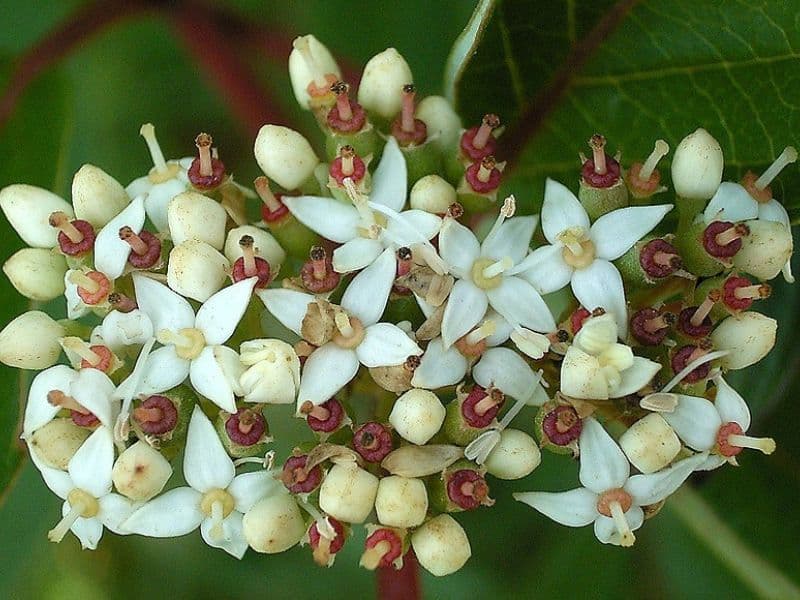
C. alba can grow to 3 m (10 ft) high, but variegated forms are less vigorous. For the brightest winter bark, young shoots are encouraged by cutting to the ground some older stems at the end of the winter, before leaves are open. The oval fruits are white, sometimes tinted blue.
The plant is extremely hardy, to USDA Zone 3 – −40 °C (−40 °F).
The Latin specific epithet alba means “white”.
II. How to Grow and Care
Siberian dogwood is a resilient shrub that is generally easy to care for, thriving in a range of conditions. Key care points include placing it in a location with full sun to partial shade and ensuring it has well-drained soil. Pruning is important for maintaining its vibrant stem color; annual cutting back of the older stems in late winter or early spring is recommended.
Sunlight
Siberian dogwood prefers full sun and can grow in a slightly shaded environment. It needs 4-6 hours of sunlight per day; if it does not get enough sun, the plant will grow poorly, the branches will become lighter in color, and the number of flowers and fruit will be fewer.
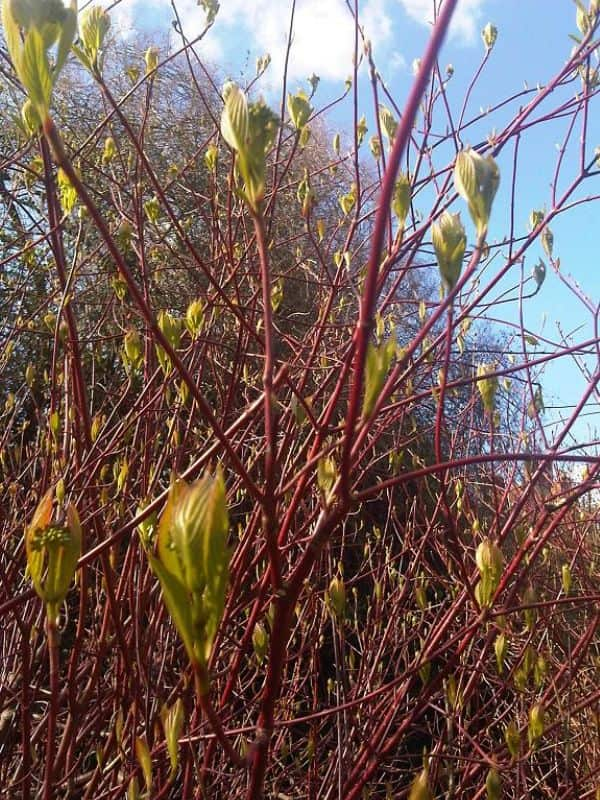
Temperature
Siberian dogwood is widely distributed in temperate and subtropical regions and prefers cool, moist environments. It is cold hardy, tolerating temperatures as low as -20 ℃, but fears heat. Siberian dogwood is drought-tolerant and requires little water. However, it is necessary to ensure a basic water supply in hot summers.
Watering
Siberian dogwood thrives in environments that mimic its native habitat, which is characterized by cold winters and moderate summers. As a species accustomed to the temperate climate zones, it has developed a preference for soil that remains consistently moist but well-drained. Its water habits can be described as balanced, needing moisture without being waterlogged. Accordingly, siberian dogwood should be watered once every two weeks to maintain this equilibrium. Typically found outdoors due to its hardiness, siberian dogwood adapts well to seasonal changes and benefits from increased watering during its active growing season to support robust growth and vibrant foliage.
Soil
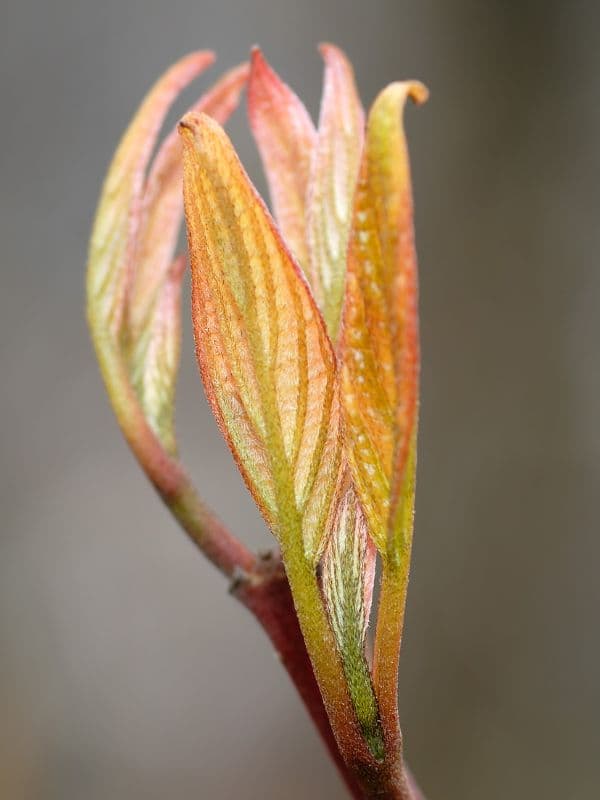
Siberian dogwood is very adaptable, but prefers nutrient-rich, well-drained soil. If the soil is poorly drained, improve it by mixing in some sand. It grows best in neutral or slightly acidic soil with a suitable pH of 5.5-6.6.
Fertilizing
Fertilizing Siberian dogwood enhances growth and stem color. Use balanced nutrition fertilizers in early spring as siberian dogwood breaks dormancy, repeating during the growing season if growth is lackluster. Typically, once per season suffices, ensuring not to over-fertilize. Apply following package instructions for quantity, as excessive amounts can harm siberian dogwood. Seasonal variations, like reduced winter fertilization, align with Siberian dogwood’s dormant phase. For safety and efficacy, avoid root contact and water after applying to help absorption.
Pruning
Siberian dogwood does not require much pruning. You need only to cut off dead, injured branches and any parts infected with pests and disease. Prune Siberian dogwood in late fall and winter. If you prune it in spring or summer, the plant is in its growing season and the wounds will shed a lot of sap; in late fall and winter, siberian dogwood enters dormancy and will not do that.
Propagation
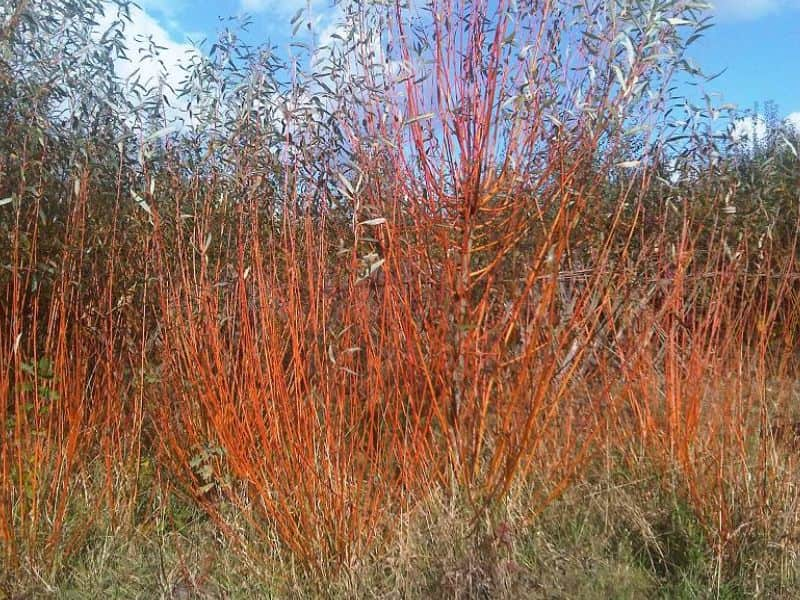
You can propagate siberian dogwood using cuttings. In spring, select a vigorously growing branch and cut 15 cm from the top. Use sharp scissors to cut a 45° bevel at the bottom of the branch. Remove the lower leaves and insert the branch in moist soil. Keep the seedlings warm but out of the sun, and they will take root in 4-6 weeks.
Transplanting
The prime time for transplanting Siberian dogwood falls between late autumn to early spring (S1-S2). This timeframe caters to the plant’s dormancy, enhancing root establishment without stress. Siberian dogwood thrives in well-drained locations with partial to full sun. Pro tip: water the plant deeply post-transplant for optimal growth.
III. Uses and Benefits
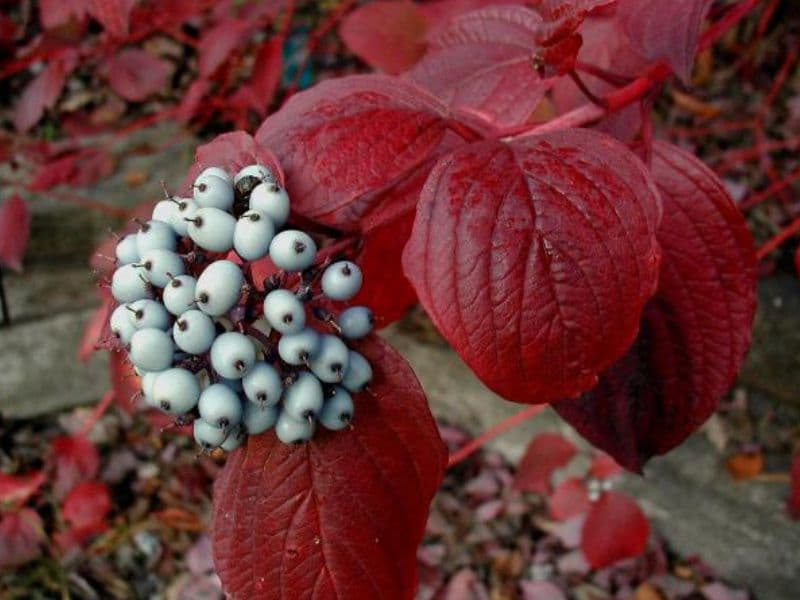
The siberian dogwood attracts interest with its ruddy stems, its key ornamental feature. It can be planted in pollinator, rain, and winter gardens in a range of ways, but hedges, property screenings, and thickets are among the most popular uses. It also can be useful in landscaping, helping erosion control. Lastly, the color is well accompanied by ornamental grasses like Aureola Hakone grass and Elijah Blue fescue or plants such as Furzey winter heath and Rheinland astilbe.
Find Where to Buy the Best Siberian Dogwood (Cornus alba)



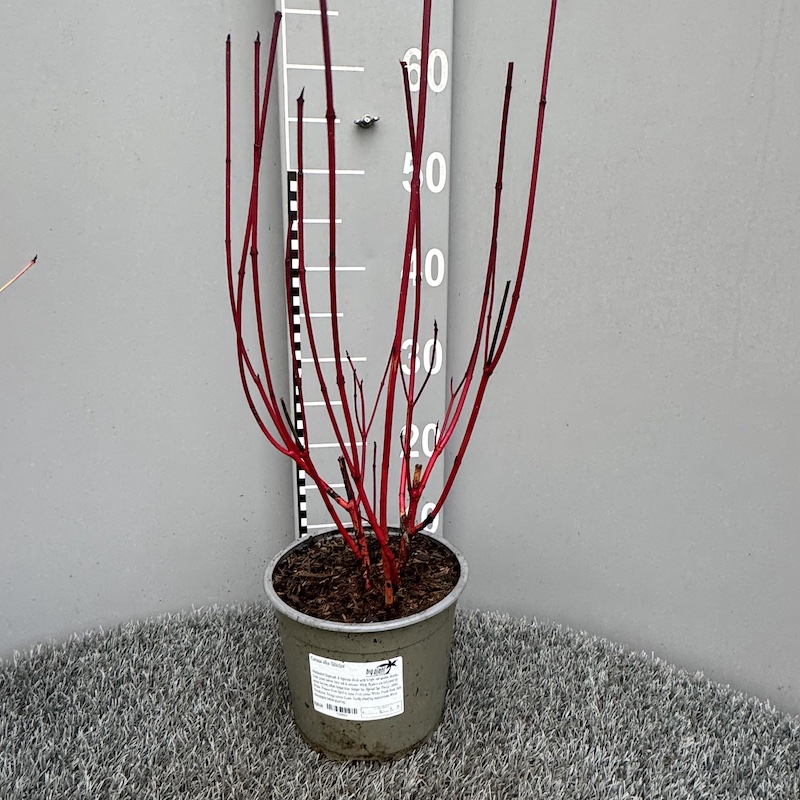

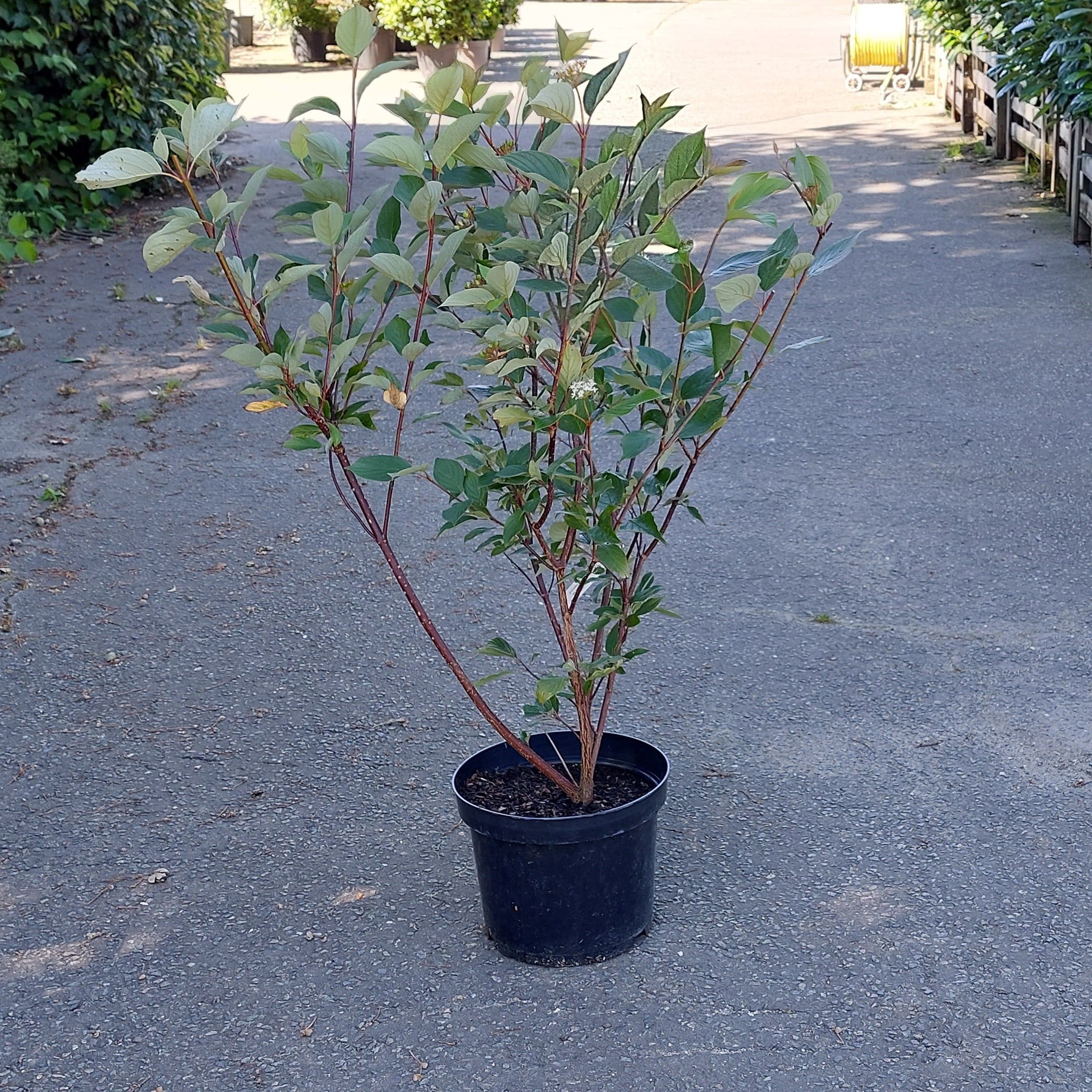



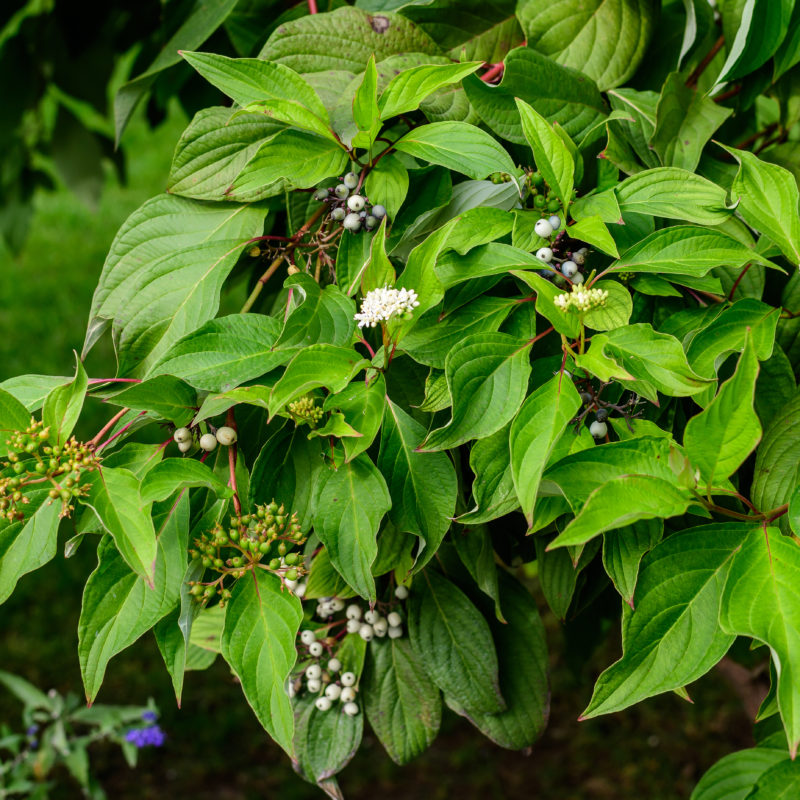
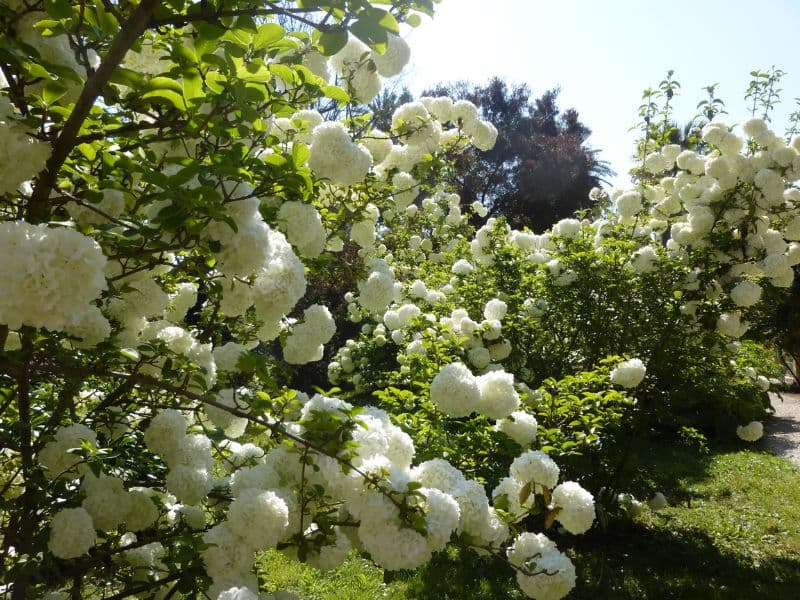
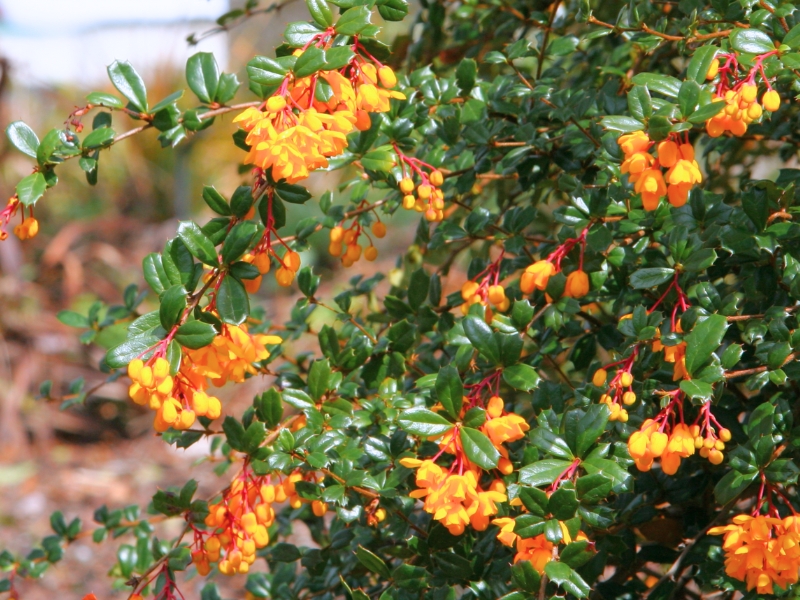
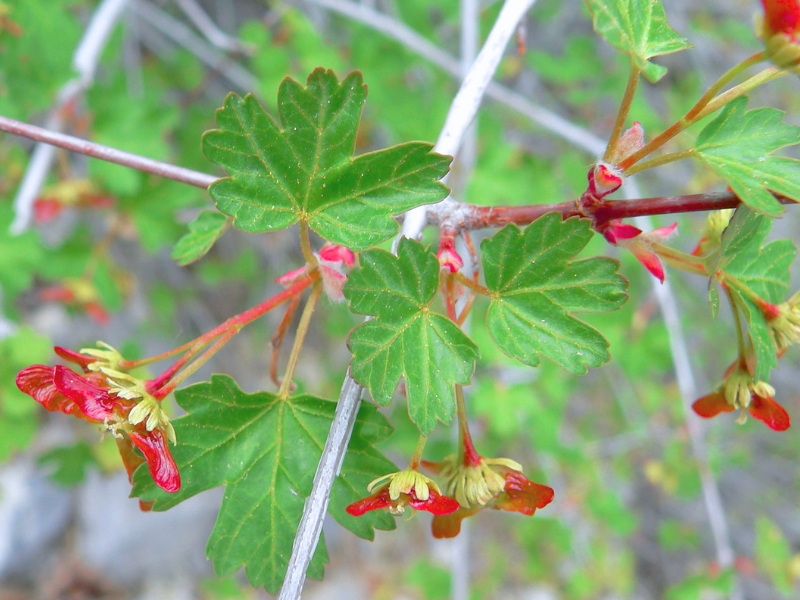
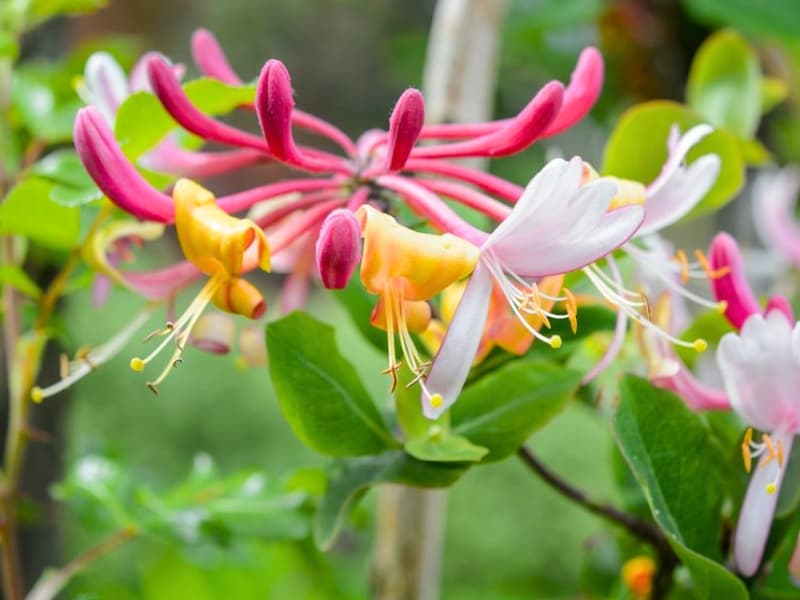
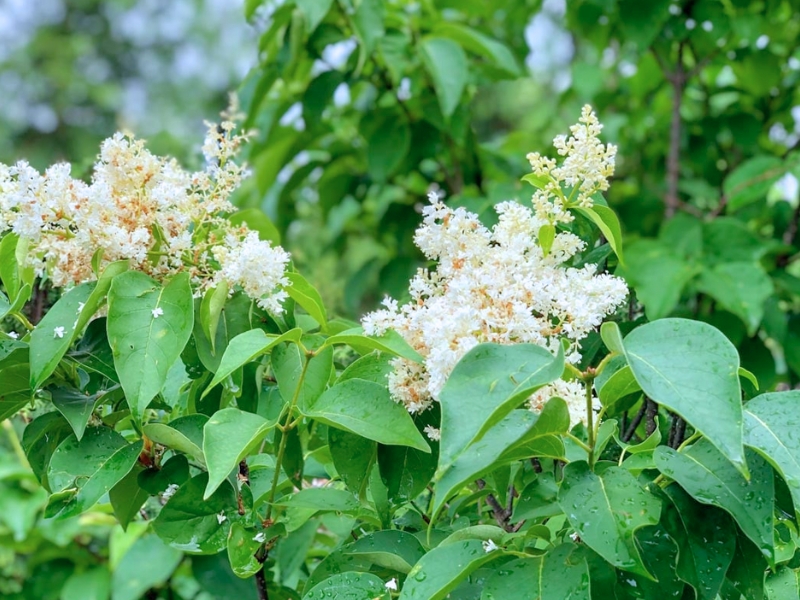
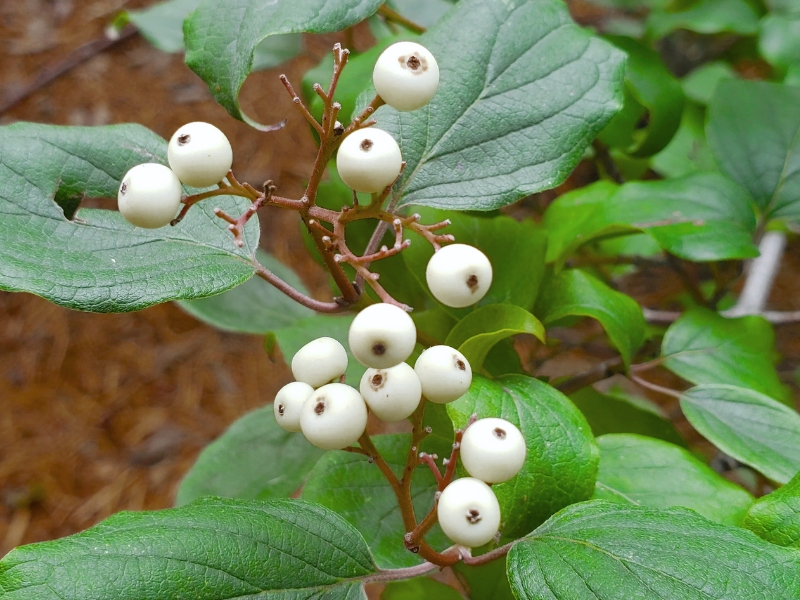
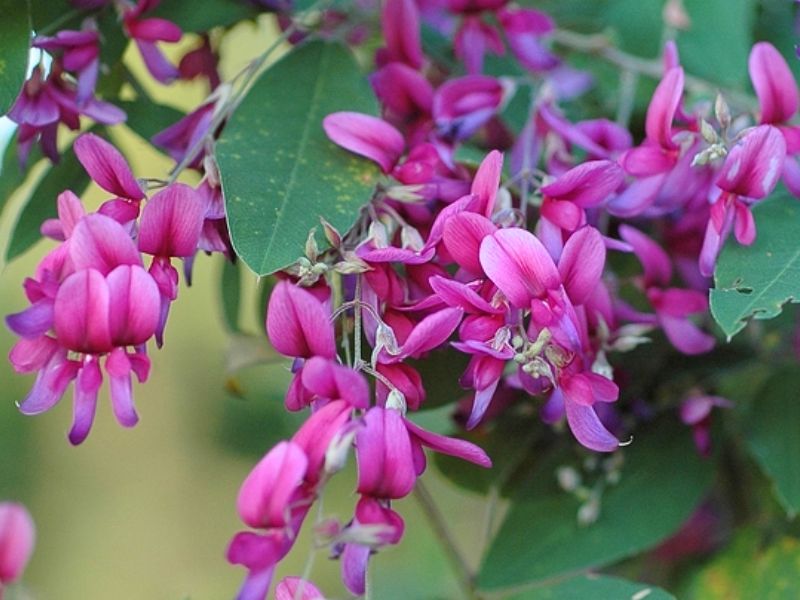
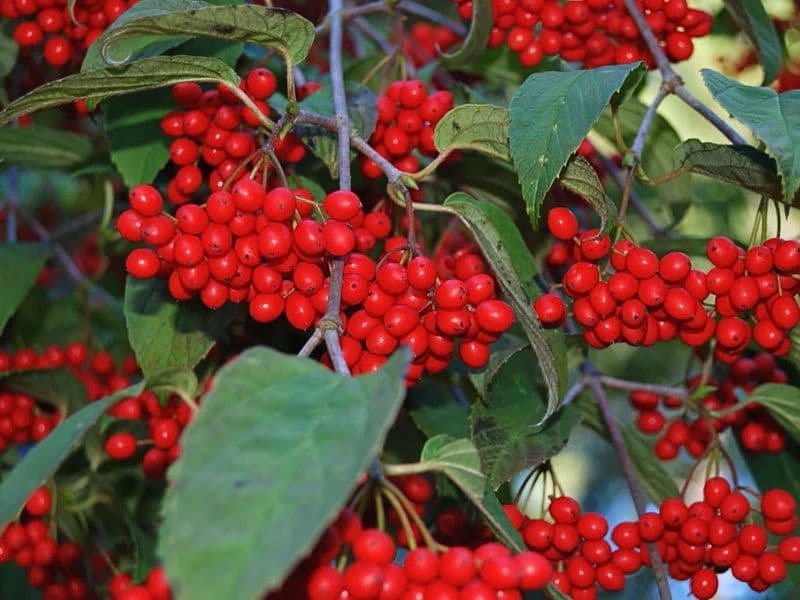
Leave a Reply